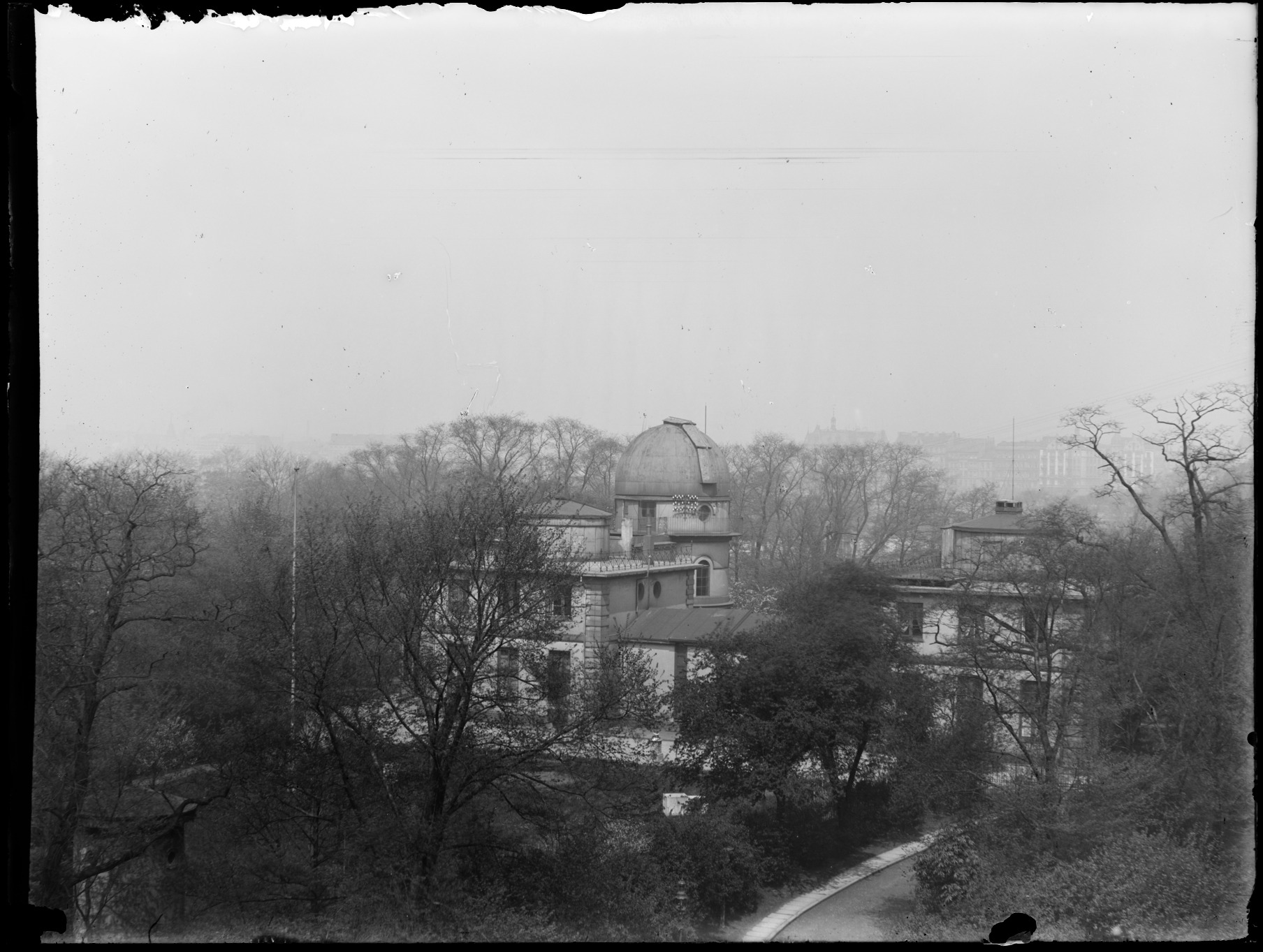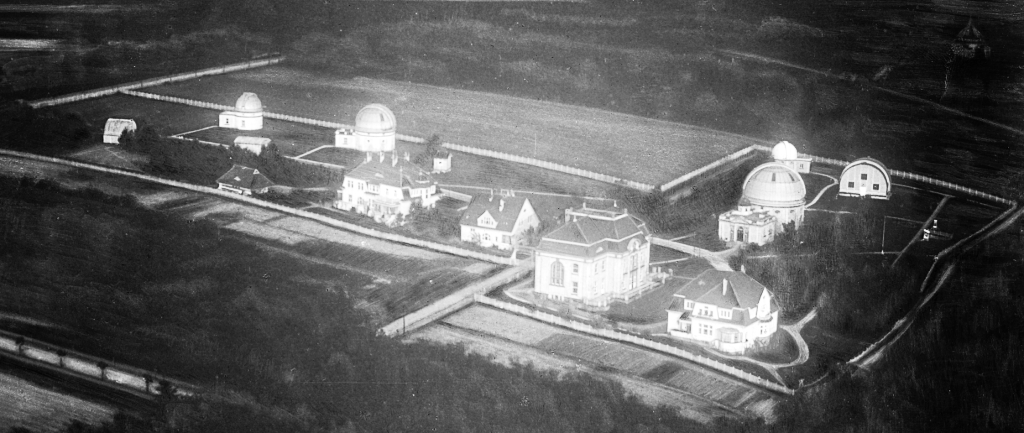Hamburger Sternwarte


Already in 1802 Johann Georg Repsold (1770-1830) applied for funding by the Bürgerschaft, the city parliament of Hamburg, for building an observatory. However, it was not inaugurated before 1825. Repsold became the first director but a mere 5 years later he died on duty as a firefighter.
In 1833 the Bürgerschaft adopted the observatory as a municipal institute with Christian Karl Ludwig Rümker (1788 - 1862) as director, who was followed by his son George Rümker (1832-1900) in 1857.

At the turn of the century observations became more and more restricted by light pollution, smoke from the harbor and vibrations. Richard Schorr (1867-1951) became the next director following the death of George Rümker and soon requested for a new observatory far outside the city.
In response to a successful solar-eclipse expedition (Souk Ahras/Algeria in 1905) the Bürgerschaft approved funding in 1906 and constructions began the same year in Bergedorf, a town South-East of Hamburg, about 25 km away from the old observatory on the Wallring (city wall) near the Millerntor.

From the old observatory only the Äquatorial telescope, was moved off to Bergedorf. New telescopes such as the Lippert Astrograph, the 1m-Spiegelteleskop or the Großer Refraktor were already designed for photography. The Meridankreis was used for the astronomical time determination, the most important function of the Hamburger Sternwarte of that time.
In 1917 Bernhard Schmidt (1879-1935), an ingenious optician offered a couple of self-taken photographs of the moon to Richard Schorr who recognized his skill and took him to the observatory. Though he never received a permanent position, his impact on telescope development cannot be discounted. In 1932 he invented his first called "Schmidt'sches komafreies Spiegelteleskop", a coma-free reflector (spherical mirror plus correction plate) that allowed wide field surveys with large optics.

In 1937 Walter Baade (1893-1960) had been chosen as candidate to follow Richard Schorr - the Bürgerschaft had already agreed to fund a new large Schmidt-telescope - but in the end he refused. Therefore, Otto Heckmann (1901-1983) was appointed as the next director in 1941. After the war the Bürgerschaft eventually recalled their promise and funded the Großer-Schmidt-Spiegel which was ready to use by 1954. Additionally, a supplemental mirror-metalizer facility, that is still in use today, was established in the new building. But it was already too late to be of much use at its intended observation site. Weather conditions and the growing light-pollution from Hamburg made it necessary to move the instrument to the Calar Alto Observatory in Spain in 1976, where its fine optic became evident in the improved quality of the observations. From 1984 until the end of observations in 1998, the Großer Schmidt-Spiegel served as basis for the Hamburg Quasar Survey (HQS). Its remanent telescope mount at Hamburg did not remain in disuse, however, but was equipped with a 1.2 m mirror telescope funded by a donation of Nikolaus Lühning in 1975 (in memory of his early deceased son Oskar Lühning). Therefore, the new telescope was called Oskar-Lühning-Teleskop.
Between 1956 and 1964 the AGK3-catalog was observed at Hamburg and subsequently published. The latest larger telescope at the site was erected in 1971, the Zonenastrograph, built by Carl Zeiss at Oberkochen.
In 1962 the European-Southern-Observatory (ESO) was founded in Bergedorf with strong support from the Hamburger Sternwarte, with Otto Heckmann becoming the first General Director of ESO (1962-1969)
In 1968 the municipal institute was incorporated into the Universität Hamburg as part of the physics department, where it became one of the four key research aspects.
Telescopes and Instruments
More on Hamburg Telescopes and Instruments.
Coverage
Mollweide diagrams of Hamburg plates in the data releases: